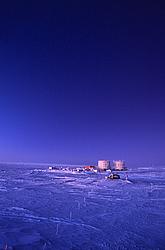
Dark blue sky above Concordia.
[ConcordiaDarkBlue - 5240x3465 - AdobeRGB - 1Mb - 18MPix]
Text and pictures © 1992-2026 Guillaume Dargaud
Last updated on 2025/10/27
This CD contains 360 high resolution Antarctica pictures provided royalty-free.
Want more information about the CD ?
More info and pictures of Polar Night

Dark blue sky above Concordia.
[ConcordiaDarkBlue - 5240x3465 - AdobeRGB - 1Mb - 18MPix]
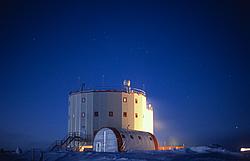
Night above Concordia station.
[ConcordiaDarkNight5 - 3549x5509 - AdobeRGB - 1Mb - 20MPix]
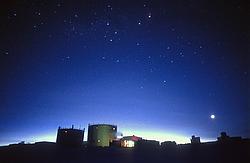
Night above Concordia station.
[ConcordiaDarkNight6 - 3629x5567 - AdobeRGB - 2Mb - 20MPix]
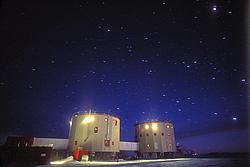
Night above Concordia station.
[ConcordiaDarkNight7 - 3629x5443 - AdobeRGB - 1Mb - 20MPix]
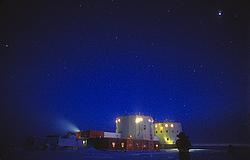
Night above Concordia station.
[ConcordiaDarkNight8 - 3628x5654 - AdobeRGB - 2Mb - 21MPix]
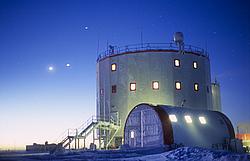
Concordia station all lit up at night.
[ConcordiaLitUp - 3628x5648 - AdobeRGB - 1Mb - 20MPix]
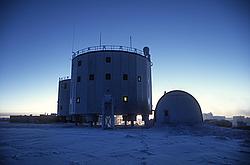
Concordia in low light.
[ConcordiaLowLight1 - 3466x5253 - AdobeRGB - 1Mb - 18MPix]
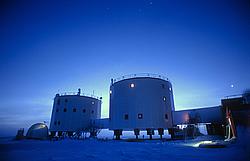
Concordia in low light conditions.
[ConcordiaLowLight4 - 3625x5638 - AdobeRGB - 1Mb - 20MPix]
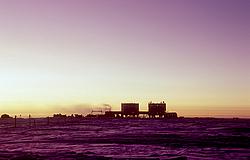
Concordia at dusk.
[ConcordiaLowLight5 - 3544x5524 - AdobeRGB - 1Mb - 20MPix]
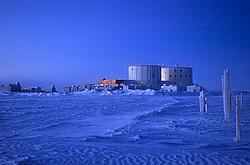
Concordia in the moonlight.
[ConcordiaMoonlight - 3554x5388 - AdobeRGB - 2Mb - 19MPix]
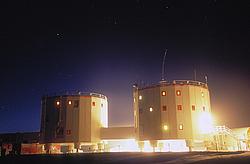
Concordia station all lit up during the polar night.
[ConcordiaMoonlight3 - 3535x5403 - AdobeRGB - 1Mb - 19MPix]
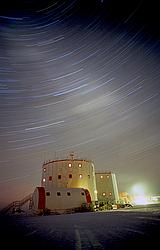
Stars rotating above Concordia during this long exposure.
[ConcordiaStarRotation3 - 5654x3628 - AdobeRGB - 2Mb - 21MPix]
![ConcordiaStarRotation4 - Stars rotating above Concordia during this long exposure.
[ Click to download the free wallpaper version of this image ]](APACD3/ConcordiaStarRotation4.jpg)
Stars rotating above Concordia during this long exposure.
[ConcordiaStarRotation4 - 3635x5640 - AdobeRGB - 2Mb - 21MPix]
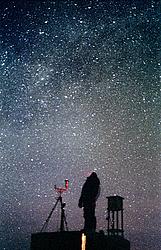
Stars above the glaciology shelter during the polar night.
[GlacioShelterDark2 - 5651x3636 - AdobeRGB - 6Mb - 21MPix]
![GlacioShelterDark4 - The Milky Way above the glaciology shelter. The incredible stability of the atmosphere, low humidity, stable weather and absence of parasite light makes Dome C the best astronomical observatory on Earth.
[ Click to go to the page where that image comes from ]](APACD3/GlacioShelterDark4.jpg)
The Milky Way above the glaciology shelter. The incredible stability of the atmosphere, low humidity, stable weather and absence of parasite light makes Dome C the best astronomical observatory on Earth.
[GlacioShelterDark4 - 5615x3658 - AdobeRGB - 6Mb - 21MPix]
![MilkyWayFV_ - The Milky Way seen over the 180° horizon of the Dome C sky. The camera equipped with an 8mm fisheye lens was fixed to a telescope to allow for a few minutes of exposure. The telescope is visible on the upper left of the image and the band next to it is a faint aurora. The two white blurs are the Magellanic clouds. The dark area on the Milky way is called the Coal Sack and is a typical southern hemisphere feature, quite visible to the naked eye. The reddish lower part is light from the sun, still way bellow the horizon but shining nonetheless.
[ Click to download the free wallpaper version of this image ]](APACD3/MilkyWayFV_.jpg)
The Milky Way seen over the 180° horizon of the Dome C sky. The camera equipped with an 8mm fisheye lens was fixed to a telescope to allow for a few minutes of exposure. The telescope is visible on the upper left of the image and the band next to it is a faint aurora. The two white blurs are the Magellanic clouds. The dark area on the Milky way is called the Coal Sack and is a typical southern hemisphere feature, quite visible to the naked eye. The reddish lower part is light from the sun, still way bellow the horizon but shining nonetheless.
[MilkyWayFV_ - 3472x3472 - AdobeRGB - 2Mb - 12MPix]
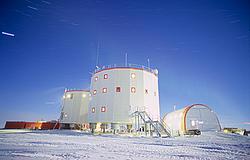
Stars rotating above Concordia during the antarctic night.
[RotatingStars - 3628x5654 - AdobeRGB - 1Mb - 21MPix]
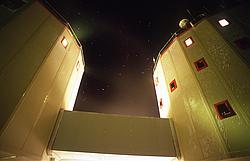
The two towers of Concordia during the 3 months long Antarctic winter night.
[TwoTowersNight - 3628x5647 - AdobeRGB - 1Mb - 20MPix]